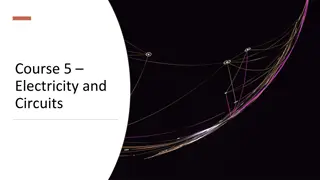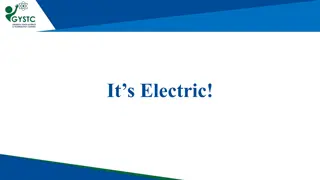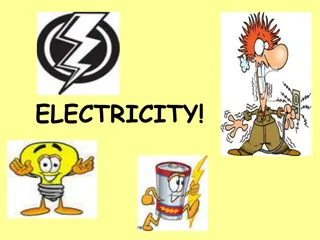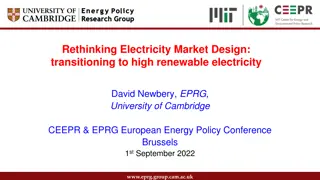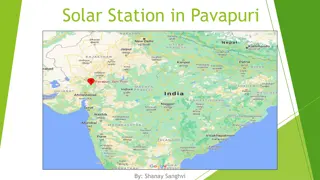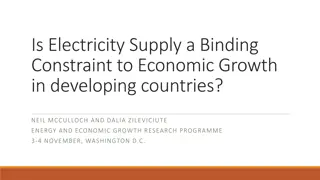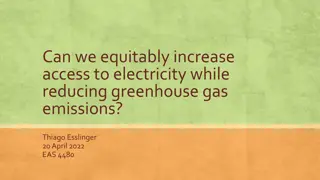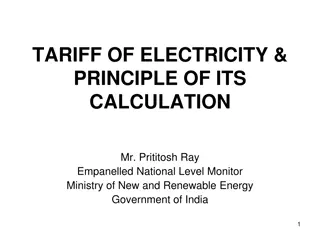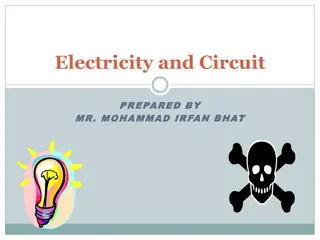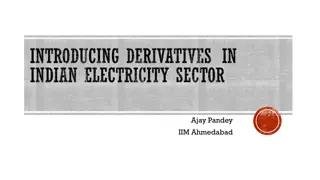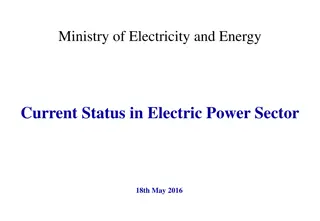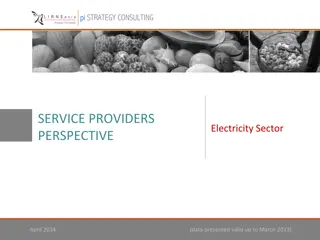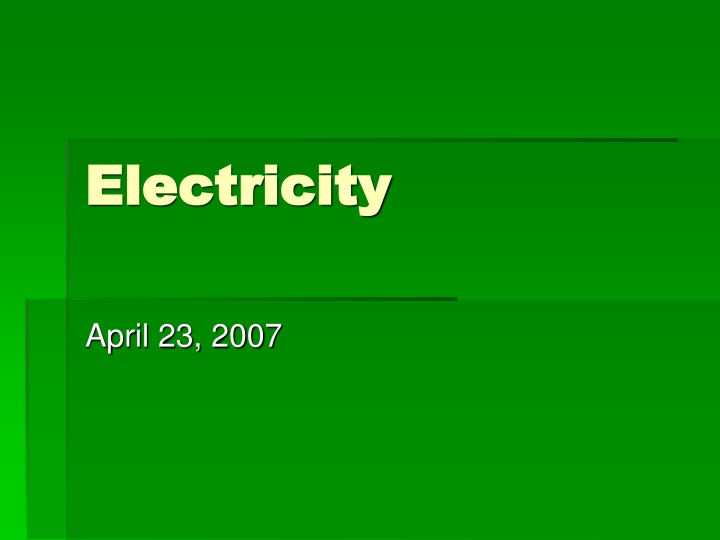
Understanding Electric Potential Energy Concepts
Explore the fundamental concepts of electric potential energy, including electric charge, potential difference, and work done in moving charges. Learn about applications of electrostatics and how potential energy relates to electric fields.
Download Presentation

Please find below an Image/Link to download the presentation.
The content on the website is provided AS IS for your information and personal use only. It may not be sold, licensed, or shared on other websites without obtaining consent from the author. If you encounter any issues during the download, it is possible that the publisher has removed the file from their server.
You are allowed to download the files provided on this website for personal or commercial use, subject to the condition that they are used lawfully. All files are the property of their respective owners.
The content on the website is provided AS IS for your information and personal use only. It may not be sold, licensed, or shared on other websites without obtaining consent from the author.
E N D
Presentation Transcript
Electricity Electricity April 23, 2007
Applications of Applications of Electrostatics Electrostatics
Electric Charge Electric Charge Measured in COULOMBS Six million trillion electrons is about - 1 C. Six million trillion protons is about + 1 C.
Electric Potential Energy Electric Potential Energy
Electric Potential Energy Electric Potential Energy This spring has more SPE when it is compressed
Electric Potential Energy Electric Potential Energy This spring has more SPE when it is compressed Likewise, these charges will have more potential energy when they are pushed closer
Electric Potential Energy Electric Potential Energy PE equals the amount of work done to move a charge from one place to another.
Electric Potential Energy Electric Potential Energy Which will have the larger electric potential energy?
Electric Potential Energy Electric Potential Energy A because it requires work to move it away from the negative charge.
Electric Potential (volts) Electric Potential (volts) EP = work/charge
Electric Potential (volts) Electric Potential (volts) Example: 1000 joules of work is done to move the charge q from far away to the place indicated. If q = 10 C, what is the electric potential at the new location?
Electric Potential (volts) Electric Potential (volts) Example: 1000 joules of work is done to move the charge q from far away to the place indicated. If q = 10 C, what is the electric potential at the new location? Voltage = work/charge V = 1000 J/10C = 100 Volts
Electric Potential (volts) Electric Potential (volts) What if the charge in the previous problem were now 100 C instead of 10? What would happen to the EP?
Electric Potential (volts) Electric Potential (volts) What if the charge in the previous problem were now 100 C instead of 10? What would happen to the EP? IT WOULD BE THE SAME!!! Work would also increase
Electric Potential (volts) Electric Potential (volts) Electric potential is associated with LOCATION, not CHARGE
Electric Potential vs Electric Potential vs Potential Energy Potential Energy Which charge has more electric potential? Which has more potential energy?
Is 5000 Volts Dangerous? Is 5000 Volts Dangerous?
Is 5000 Volts Dangerous? Is 5000 Volts Dangerous? NOPE! When 1 million electrons are added to a neutral balloon, it has an electric potential of 5000 volts
Potential Difference Potential Difference (voltage) (voltage) Difference in electric potential between two points.
Potential Difference Potential Difference (voltage) (voltage) Difference in electric potential between two points. Potential difference between A and B is 0 A B
Potential Difference Potential Difference (voltage) (voltage) Difference in electric potential between two points. Now there is a potential difference A B
Potential Difference Potential Difference Batteries provide potential difference between one end of the circuit and the other
Potential Difference Potential Difference Batteries provide potential difference between one end of the circuit and the other Charges flow from high to low electric potential
Potential Difference Potential Difference (voltage) (voltage) Why aren t birds on power lines shocked?
Potential Difference Potential Difference (voltage) (voltage) Why aren t birds on power lines shocked? The Potential Difference between their feet is zero! (0 voltage)
Current (I) Current (I) Net flow of electrons


